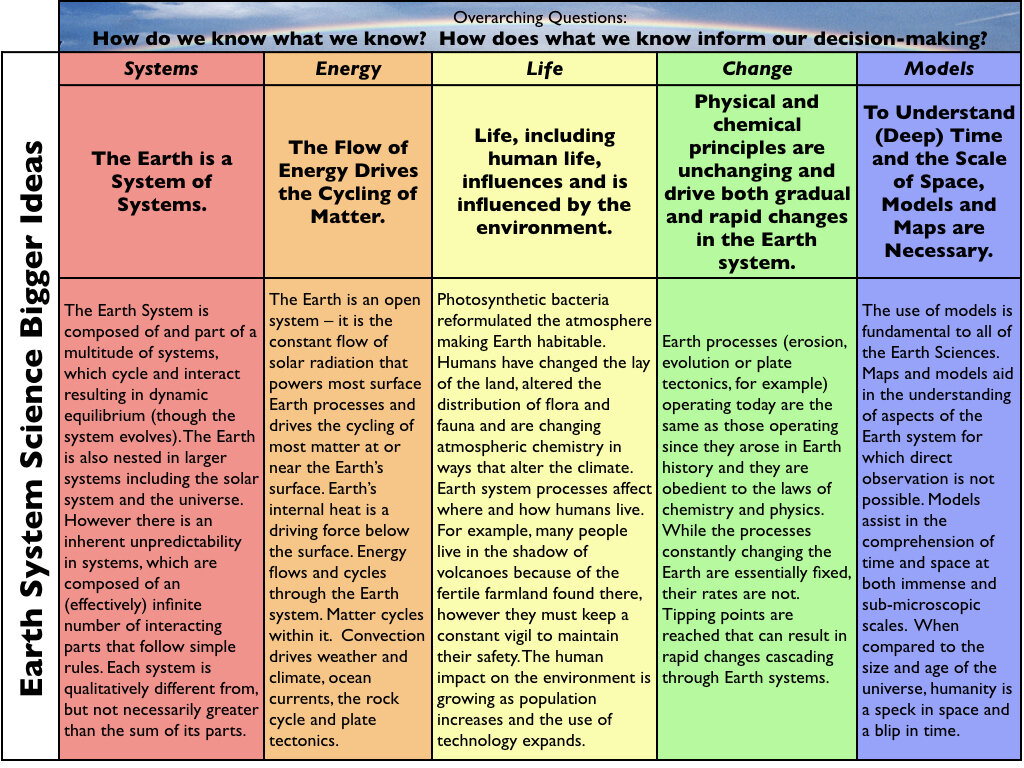Archived
[...]
While the harmful impacts of Chinese development projects are increasingly covered by African press and international watchdogs, they are nearly invisible in Chinese domestic media. State-run outlets like People’s Daily, Xinhua, and CCTV instead push positive messaging about economic partnerships and “South-South cooperation.” If there are local faces, they are often African presenters and reporters hired by Chinese state media at higher-than-local pay rates, who are tasked with presenting upbeat narratives that reinforce official talking points.
Commercial Chinese media — often perceived as more independent — largely follow suit. If stories touch on environmental issues at all, they do so in vague, sanitized terms that avoid direct attribution of harm to Chinese companies or projects.
Chinese investment and the presence of Chinese companies in Africa, in addition to their visible infrastructure and economic impact, are rarely scrutinized in terms of environmental harm within Chinese media. When environmental damage is addressed at all within Chinese media, it is either omitted or framed as incidental, often blamed on African mismanagement or natural challenges. Local community members are rarely quoted, interviewed, or centered in the storytelling. Instead, they remain nameless, stripped of agency, and disconnected from the audience.
And yet, the consequences of mega-development projects are real. In many countries in Africa where China has implemented projects, environmental problems have been repeatedly denounced. Deforestation, displacement of populations, loss of biodiversity in the construction of dams has damaged Sudan, Ghana, and the DRC; water pollution, and resulting negative health impacts due to mining are impacting Guinea, the DRC, and Mozambique; expropriations and violence in the context of a hydrocarbon project have destabalazed Uganda and Tanzania; and more.
[...]
In Kenya, for example, the Standard Gauge Railway (SGR) — one of the flagship projects in China's Belt and Road Initiative (BRI), its mega global infrastructure project — has cut through wildlife migration routes and alarmed conservationists. Some environmentalists have alleged “the railway has disrupted wildlife migration routes.” Yet despite its scale and promise, many Kenyans say they have seen little benefit from the railway, pointing to a deep disconnect between grand development narratives and realities on the ground.
In Nigeria, Chinese-run mining operations have been linked to water contamination and community displacement. In Rwanda, locals affected by Chinese-financed hydropower initiatives report land loss and inadequate compensation.
[...]
The few mentions of corporate responsibility rarely, if ever, include Chinese firms operating on the continent. This silence is not accidental. It is structural, political, and strategic.
[...]
China’s domestic media environment has undergone a dramatic transformation under Xi Jinping, whose administration emphasizes tightly controlled narratives that advance national pride and global ambition. Criticism of Chinese companies abroad, particularly on environmental issues, is seen as undermining these goals.
Meanwhile, China has aggressively expanded its media footprint in Africa — stationing more Chinese journalists across the continent and recruiting local African reporters to appear in state media broadcasts to provide “African faces” for Chinese narratives. These reports rarely diverge from official messaging. As one recent state-owned Global Times article framed it, “Environmental cooperation is not only a development priority but a symbol of the strong friendship and mutual trust between China and Africa.”
[...]
Environmental lawyer Zhang Jingjing, who has spent over a decade handling environmental rights cases involving Chinese enterprises in Africa, sees this erasure as both intentional and systemic. “Chinese-language and foreign-language reporting are like two entirely different worlds — Chinese reports are few, often absent, and when they exist, they’re pure praise,” she said in an interview with Global Voices.
Despite working in multiple African countries, she has never been approached by a Chinese journalist about her work. “Not a single Chinese journalist has interviewed me to understand what impact Chinese companies are having on local communities,” Zhang said.
[...]
"The state’s slogan about ‘telling China’s story well’ has already set the tone. A lot of these projects clearly have problems, but if they’re not ‘good stories,’ they simply won’t get reported," [Zhang said].
[...]
Chinese reporters who cross political red lines risk severe consequences, including censorship, job loss, surveillance, detention, or imprisonment under vague charges like “picking quarrels” or “subverting state power.” Some have faced public shaming, forced confessions, and threats to their families. When media organizations in China cross political red lines, their articles are swiftly deleted, and entire websites can be shut down. Editors and responsible officials are often removed from their positions. In the most severe cases, the media outlet itself may be permanently closed.
[...]
In Kenya, local authorities echo the rhetoric, eager to preserve investment and diplomatic warmth. But it comes at a cost: several Kenyan journalists describe growing difficulty in reporting critically on Chinese projects without editorial pushback or quiet blacklisting.
For Chinese media, the logic is simple: these are not stories that sell, politically or commercially. They are far removed from the interests of most domestic readers, and they risk undermining the carefully polished international image Beijing wants to present.
This one-sided narrative has profound implications for climate justice. It denies African communities the dignity of visibility and Chinese citizens the chance to understand the consequences of their country’s outward expansion. Real sustainability cannot rely on curated image-making. It demands transparency, access, and the courage to confront harm — not bury it.

